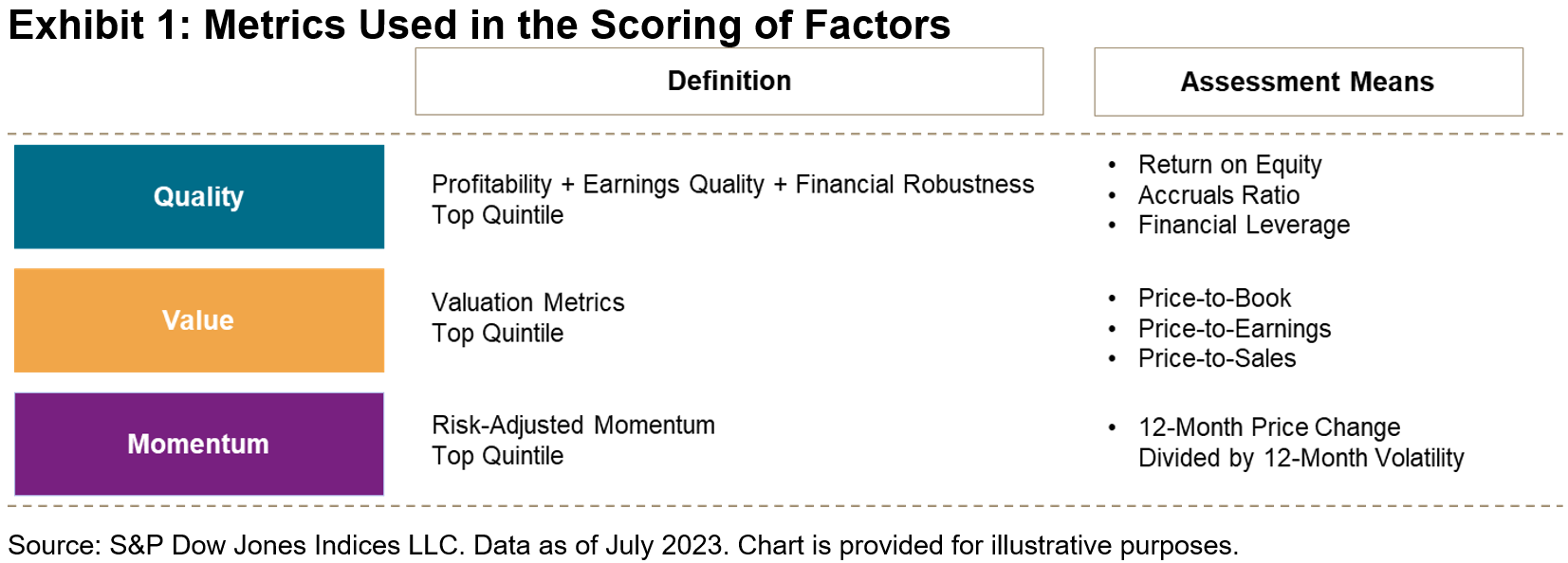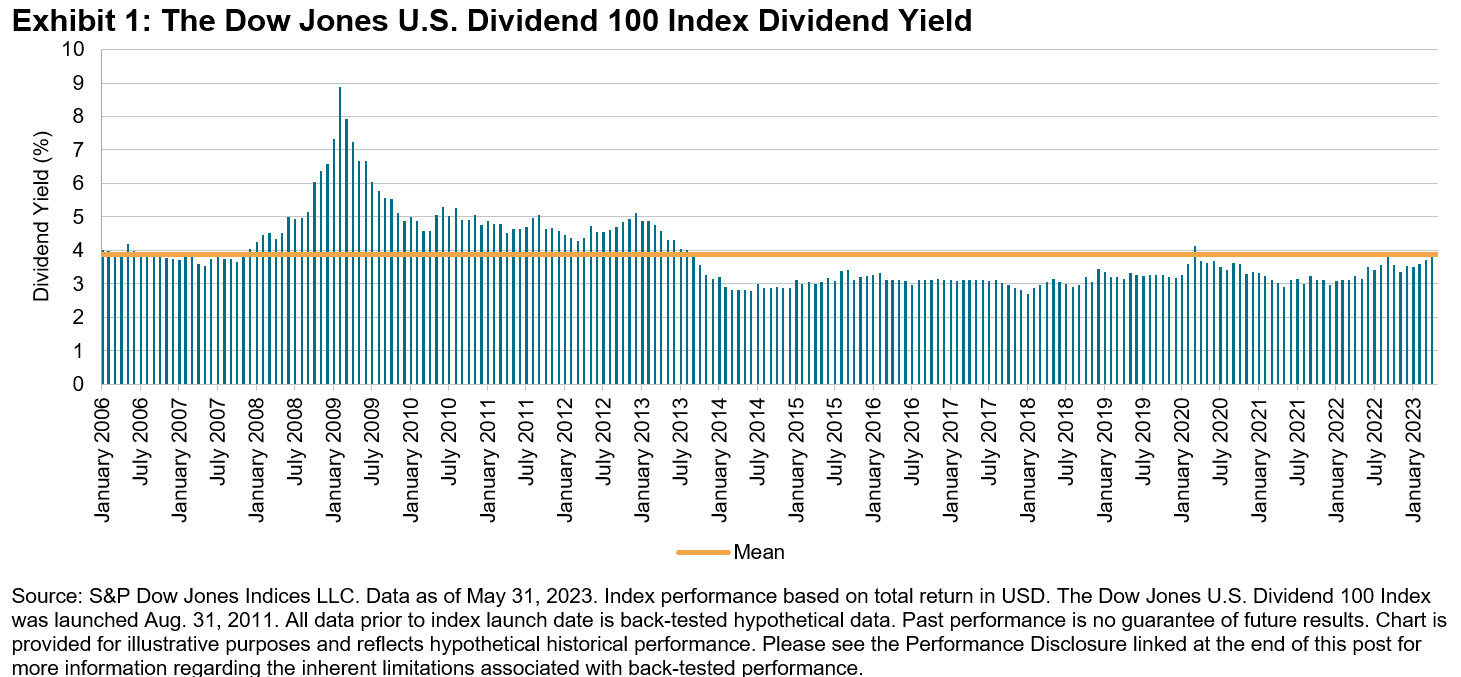The S&P 500® performed well from the last rebalance for the S&P 500 Low Volatility Index on May 19, 2023, through the most recent rebalance on Aug. 18, 2023. As Exhibit 1 shows, the S&P 500 was up 4.7% during this period versus a decline of 1.5% for the S&P 500 Low Volatility Index. This divergence tends to happen especially during periods of strong performance and low volatility for the S&P 500. Interestingly, the annualized daily standard deviation over this period for the S&P 500 was a relatively low 10.7%.

As Exhibit 2 shows, trailing one-year volatility decreased for all 11 GICS® sectors as of July 31, 2023, versus April 28, 2023. Measured in absolute terms, volatility decreased the most for the Consumer Discretionary and Energy sectors, which fell 6.8% and 5.4%, respectively. As of July 31, 2023, Energy, Communication Services, Consumer Discretionary, Information Technology and Real Estate were the top five most volatile sectors in the S&P 500, with daily realized volatilities of approximately 29%, 27%, 26%, 26% and 23%, respectively.

Amid the overall decrease in volatility, the S&P 500 Low Volatility Index’s latest rebalance brought some changes to sector weights. The latest rebalance shifted an additional 1.5% weight to the Consumer Staples sector, which further solidified its position as the largest sector by weight. Utilities had the largest decline in weight, at approximately 2.9%, dropping it to the third-largest sector by weight. The Consumer Staples, Utilities, Health Care, Financials and Industrials sectors continued to have a combined weight of greater than 90%.
Energy and Materials continued having no weight in the S&P 500 Low Volatility Index. The latest rebalance was effective after the market close on Aug. 18, 2023.




























